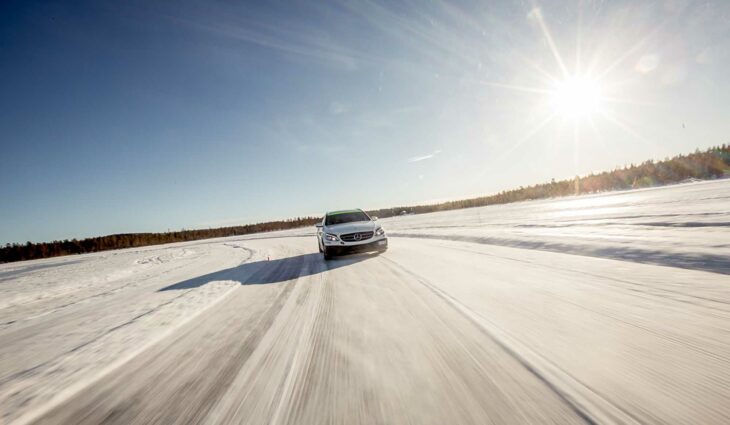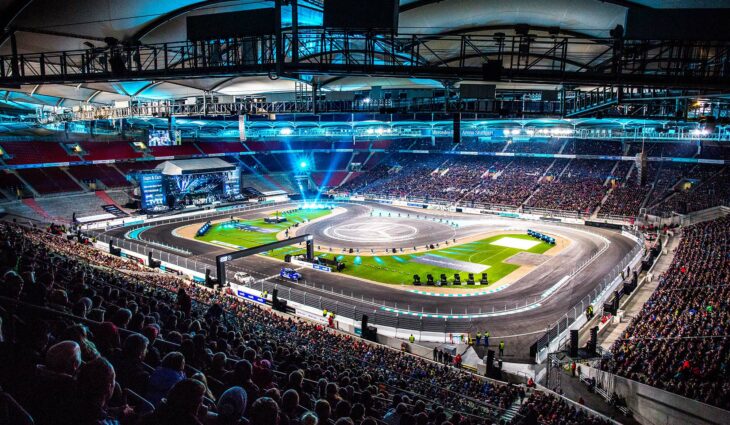After a few cosmetic renovations the Autodromo Hermanos Rodriguez doesn’t …
AUTÓDROMO HERMANOS RODRÍGUEZ
MEXICO CITY, MEXICO
The Autódromo Hermanos Rodríguez, named after two of Mexico’s most famous racing drivers, Ricardo and Pedro Rodríguez, has been Mexico’s most important race track for more than 50 years. Since a modernisation by Büro Tilke in 2015, the circuit has been a fixed venue on the Formula 1 racing calendar. The new track with a length of 4.3 kilometres can be driven through at a top speed of 336 km/h in some sectors.
As part of a large sports complex in the southeast of the capital, it has hosted many racing categories, from Formula 1 to drag racing.
In the 1960s, the first Grand Prix races took place on an original track of five kilometers. In the 1970s, the circuit was removed from the Formula 1 racing calendar for safety reasons. It was then used only for national races. In 1986, Formula 1 returned to the Autódromo Hermanos Rodríguez after the circuit buildings were modernized and the track was adapted to all safety regulations. The Mexican Grand Prix was held here every year until 1991, when Formula 1 decided to add new circuits to its racing calendar instead, particularly in the Far East.
With the success of the new Mexican racing stars Sergio Pérez and Esteban Gutiérrez a modernization of the circuit was initiated by Büro Tilke. In order to comply with the requirements of Formula 1, significant modifications had to be applied to the track layout. Despite a redesign of the track and additions of new sections, the circuit still shows the basic elements of the original racetrack. A revised sequence of turns leads through the Foro Sol stadium and forms one of the most exciting sections of the circuit. As part of the modifications, the entire track was resurfaced and modern paddock buildings and grandstands were constructed. The changes were made in stages to allow other racing activities to continue. The entire complex was completed in August 2015.





